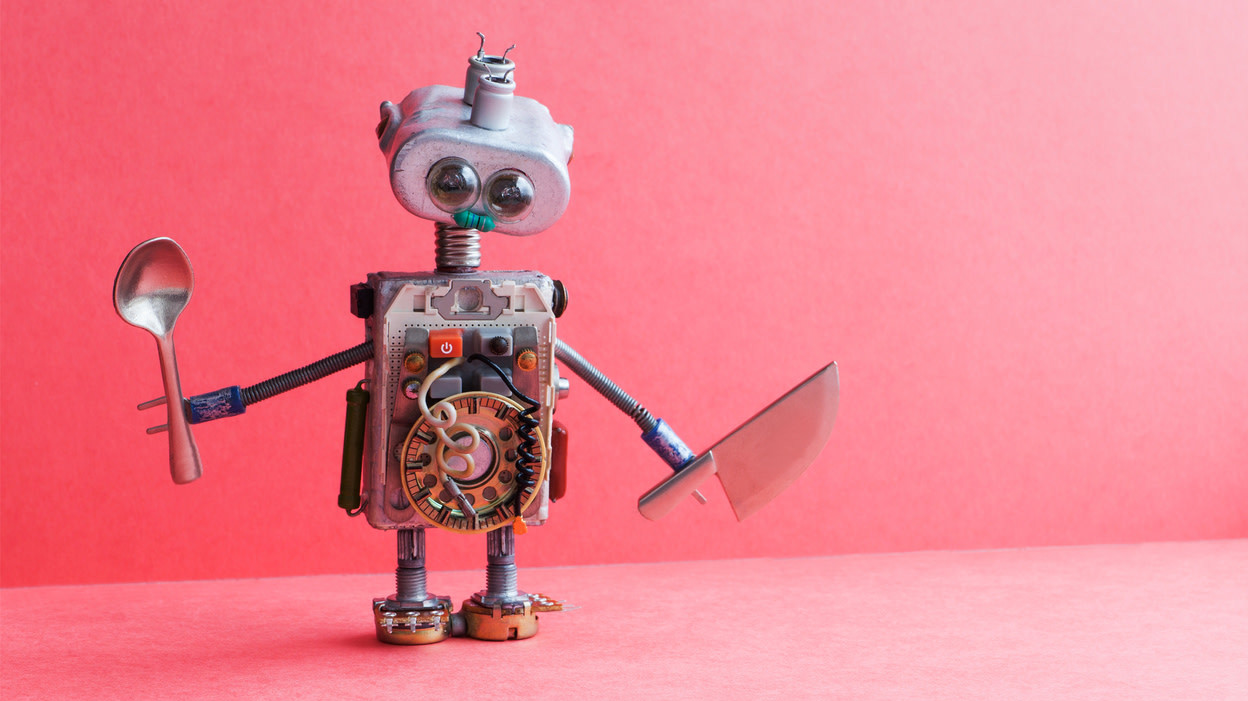Should We Be Concerned About Flippy The Fast Food Robot?
Now would be a good time to check back in on our good friend Flippy.
Do you remember Flippy? Flippy is the product of Miso Robotics, a company that launched in 2016 and now has over $13 million in funding. The machine is a robotic arm that can flip burgers, tend to fry baskets, and perform other common tasks within a fast food kitchen for a fraction of the cost of hiring human workers to perform the same job. The Takeout highlighted the robot's rather disastrous debut two years ago, in which it couldn't keep up with demand on its very first day of work. Now, though, the technology seems to have improved as costs have gone way down, and Flippy is poised to spread its wings beyond the confines of the one Caliburger location it currently calls home.
The L.A. Times reports that thanks to advancements in technology over the last couple years, "Miso can offer Flippys to fast-food restaurant owners for an estimated $2,000 per month on a subscription basis, breaking down to about $3 per hour." Flippy is already installed at Dodger Stadium. The Times also notes the other typical benefits associated with robot labor, such as limitless hours on the job, lack of injury from spewing hot oil, and in the case of Flippy, an option to mount the arm from the ceiling instead of the floor, freeing up kitchen space.
Then, of course, are Flippy's flipsides: just how many people risk being displaced by this kind of technological innovation? Is the cost of repair and maintenance ultimately going to make the machines cost about the same as just paying human workers? Will Flippy go the way of the McFlurry machine, perpetually "broken" and unable to serve up the burgers it has promised us? At the very least, it seems like Flippy's design—a robotic arm that assists in preparing food the way it's already being prepared in that kitchen, such as dunking fry baskets and flipping burgers—lends itself well to the quick pace of a fast food kitchen. If the machine simply sucks at flipping patties during rush periods, recalibrating after each flip to begin anew its assessment of each individual patty's optimal brownness instead of relying on a mammalian instinct and reflex, then a human can always step in and do the work that a smart machine isn't skilled enough to handle. That is, if there are enough humans left in the kitchen to assist.
